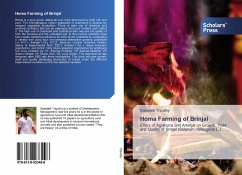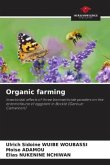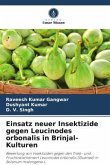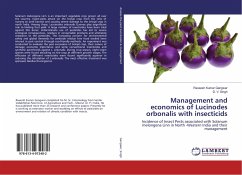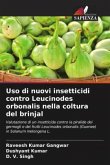Brinjal is a crop grown widely all over India and loved by both rich and poor. The Chhotanagpur region especially of Jharkhand is famous for rampant vegetable production. There is wide use of chemical and synthetic fertilizers that are so expensive that poor farmers can't afford it. The high use of chemicals and synthetics also reduces the quality of both the produce and the cultivated soil. In this context, attempts have been made combining solutions for both of the problems by conducting a varietal trial using four non-chemical alternative growing conditions viz. E1C1: Amritjal (1%), E1C2: Absolute Control (Inherent Fertility Status of Experimental Soil); E2C1: Amritjal (1%) + Homa Induction (Agnihotra), and E2C2: Only Homa Induction (Agnihotra) by employing five local varieties viz. V1: Swarna Pratibha; V2: Swarna Neelima; V3: Swarna Shakti; V4: Mukta Jhuri; V5: Long Green. The experimental was designed after RBD with three replications. This book includes growth, yield and quality attributing characters of brinjal under the different experimental condition on the five selected varieties.
Bitte wählen Sie Ihr Anliegen aus.
Rechnungen
Retourenschein anfordern
Bestellstatus
Storno

